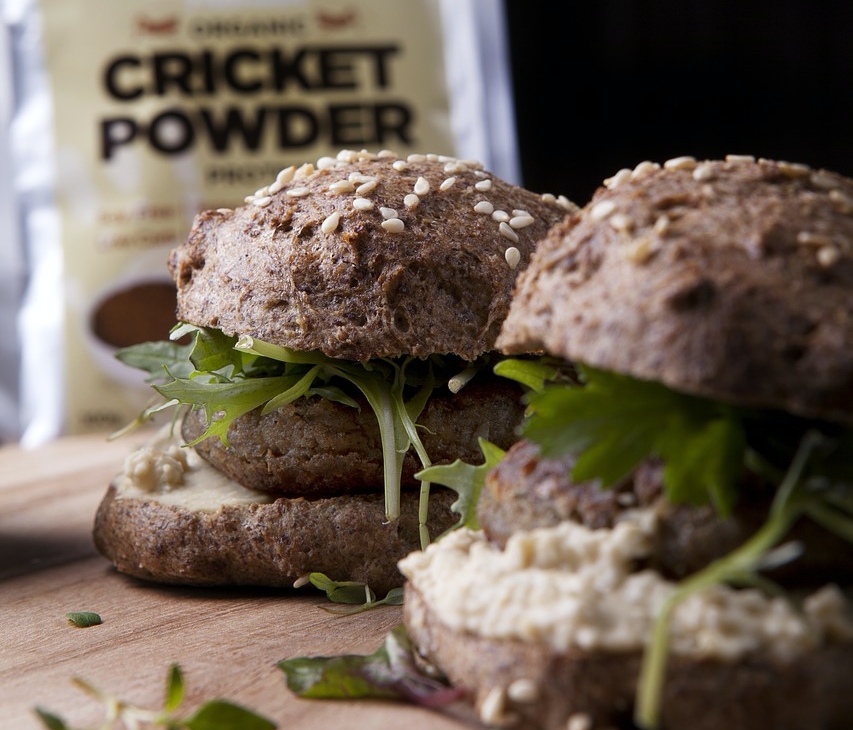Unit 4: Develop
Unit 4: Develop
Design is devising plans of action to change an existing situation into a preferred one (see design = abductive reasoning). Once you and the stakeholders have framed the situation and defined the project, you agree on what the preferred situation is. It is time to design how to get there! This stage encourages you to develop different concepts within the frame(s) of choice, thereby seeking inspiration from elsewhere and co-designing with a range of different people. The desired outcomes are concepts that you test in order to learn which concept performs best. In this unit we will show you how to develop concepts, why synthesis is so relevant, how to ideate and co-create, and how to visualize/prototype a concept with the right fidelity.
For a food exhibition in a museum, all involved stakeholders agreed that framing the exhibition as the ‘Future of Food’ is the most interesting. Framing it as such opens up many interesting pathways for developing inspiring ideas by means of distinctive exhibits. The project definition includes three of those: 'advanced food technology' (such as 3D printing), 'how to feed the growing world population, 'and 'future tastes and smells' (showing cutting edge food artists). The project definition leaves space for two more exhibitions, and defines the budget, resources, deadlines and so on.
But what exactly will be shown and who will be involved is to be designed in the Develop stage, up to a concept(s). There are (often implicit) contradictory requirements, like the aim to have intimate, cosy spaces to enhance the experience, versus safety regulations. Or there are balancing issues, like the budget for the individual exhibits. The Develop stage is to develop the frame and ideas up to a level that a complete overview is offered for the exhibition, without all the nitty-gritty details. Its should synthesize all ideas and issues into a whole that makes sense and fits the overall budget. What is the goal of those five exhibits, what will be shown, and what are the cost involved? What is the relation between the individual exhibits? What food artists will be exhibiting? How is the spatial lay-out of those exhibits in the museum? What are the images and vocabulary used for marketing and communication? Each of these things need to be developed, concurrently, whereby the synthesis is essential because the whole is more than the sum of its parts.


